In the world of autonomous logistics, Zipline stands as a trailblazer, reshaping how crucial medical supplies are delivered across the globe. Founded by Keller Rinaudo, Zipline’s CEO, and Keenan Wyrobek, its co-founder and CTO, this innovative company took flight with a bold mission: to solve critical healthcare challenges through cutting-edge technology. From its humble beginnings in garages and research labs to becoming the world’s largest commercial autonomous delivery system, Zipline’s story is one of perseverance, ambition, and technological genius.
Zipline – https://www.flyzipline.com/
Zipline (X) – https://x.com/zipline
Keller Rinaudo (X) – https://x.com/KellerRinaudo
Keenan Wyrobek (X) – https://x.com/keenanwyrobek

Founders’ Background: From Robotics Labs to Life-Saving Innovation
Before launching Zipline, Keller Rinaudo and Keenan Wyrobek each brought unique backgrounds and expertise to the table, combining their passions for technology and a desire to create meaningful impact.
Keller Rinaudo, a graduate of Harvard University, initially made a name for himself in the field of biotechnology and robotics. His early entrepreneurial journey began with the creation of Romotive, a company that built simple, programmable robots using smartphones. However, after Romotive’s moderate success, Keller sought a bigger challenge—one that could address a global need and make a tangible difference in people’s lives. His search for purpose led him to healthcare, where he saw a glaring issue: the inability to deliver critical medical supplies to remote or inaccessible regions.

Keenan Wyrobek, Zipline’s co-founder and CTO, also had an impressive background in robotics and engineering. He earned his Master’s in Mechanical Engineering from Stanford and co-created the Robot Operating System (ROS)—a widely adopted open-source platform for programming robots. His deep understanding of robotic systems and a passion for leveraging technology to solve real-world problems made him the perfect partner for Keller’s ambitious vision.
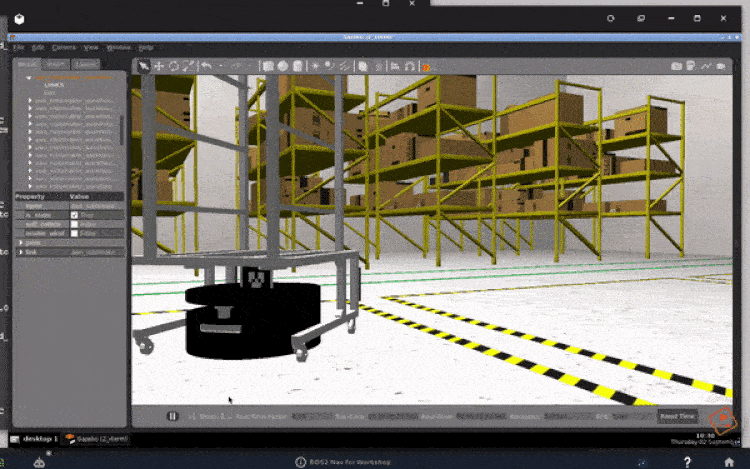
The idea for Zipline was sparked during a trip to Africa, where Keller witnessed firsthand how a lack of infrastructure and reliable transportation resulted in delayed or failed deliveries of essential medical supplies, particularly blood for transfusions. Together with Keenan, he realized that drones could provide a viable solution to this life-threatening challenge. By using autonomous drones to bypass impassable roads and difficult terrain, they could deliver life-saving supplies like blood, vaccines, and medications to even the most remote areas in record time.
In 2014, Rinaudo and Wyrobek founded Zipline with a clear goal: to create a reliable, scalable system capable of delivering critical supplies anywhere in the world. Their combination of entrepreneurial spirit, technical expertise, and a strong sense of mission formed the foundation for Zipline’s groundbreaking success, which has since saved thousands of lives and revolutionized healthcare logistics across several countries.
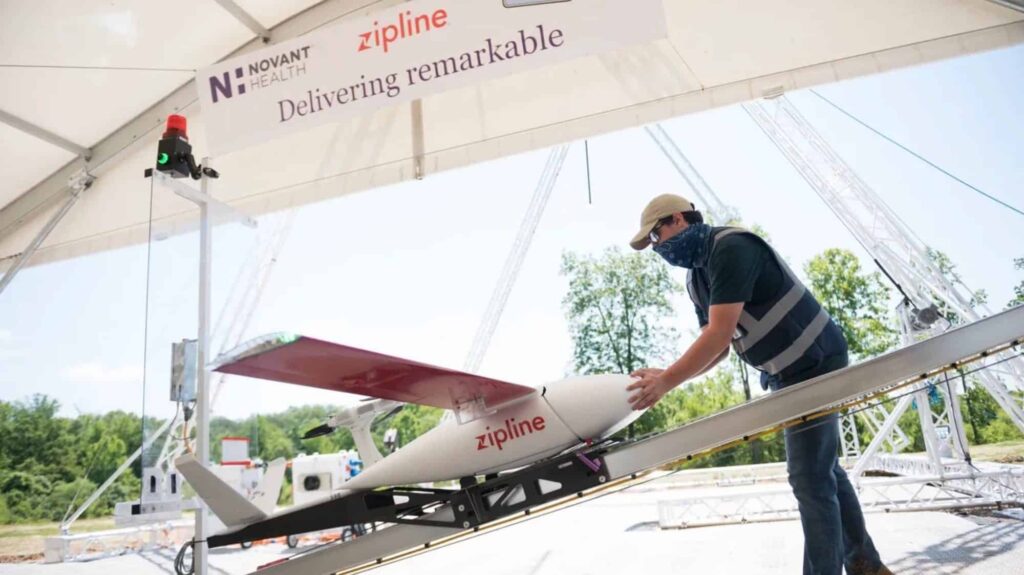
Zipline Today: A Global Leader in Autonomous Deliveries
Zipline, founded nearly a decade ago, is now a globally recognized leader in autonomous medical deliveries, serving over 4,000 hospitals and health facilities across multiple countries. The company’s drones transport crucial supplies like blood, vaccines, and other medical essentials, ensuring timely deliveries even to the most remote locations. In 2023, Zipline hit a major milestone—one million commercial autonomous deliveries—cementing its place as the largest autonomous logistics system in the world.

The Humble Beginnings: Facing Rejection and Staying Resilient
The story of Zipline wasn’t always filled with success. Keller Rinaudo, along with co-founders Keenan Wyrobek and Ryan Oksenhorn, faced two years of doors being slammed in their faces. Nobody believed that a group of engineers could develop a fully autonomous system to solve the complex issue of medical logistics.

In those early days, the founders made enormous personal sacrifices. Ryan, for instance, was being recruited by major tech companies but chose to work on drones out of a small Las Vegas apartment. Similarly, Keenan left a prestigious robotics PhD program at Stanford, driven by the need to “build something totally new and crazy.”
The Tanzania Experience: A Heartbreaking Realization
One pivotal moment in Zipline’s journey came during a visit to Tanzania, where they met a researcher who had developed a cell phone-based system for hospitals to report critical shortages. The results were devastating: page after page of deaths due to a lack of medical supplies. Despite the existence of the necessary resources, poor logistics prevented timely delivery, and lives were lost. This reality hit the Zipline team hard and reinforced their commitment to solving this problem through autonomous deliveries.
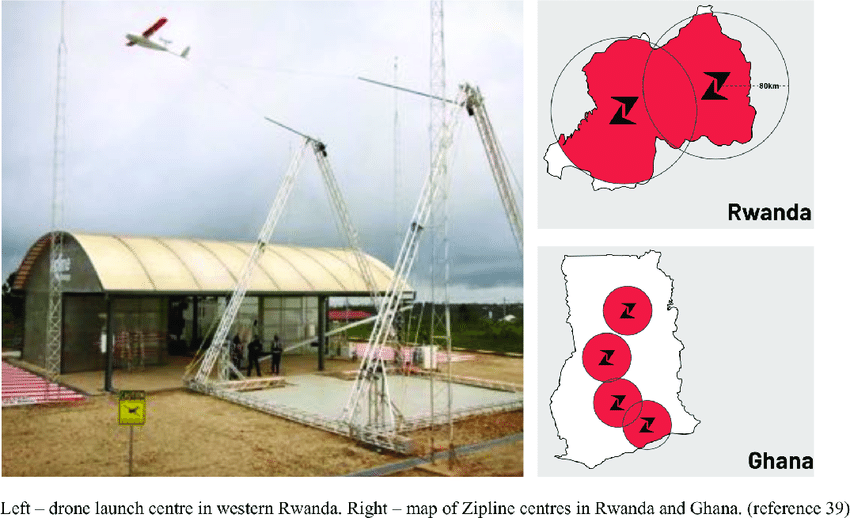
The Rwanda Breakthrough: A Small Opening, A Big Opportunity
Despite initial skepticism, Zipline secured its first major contract with the Ministry of Health in Rwanda, agreeing to deliver blood to 21 hospitals across the country. This turning point came after a tragic event where a woman lost her life in childbirth due to the lack of a timely blood transfusion. The ministry saw Zipline’s vision as a potential solution, even if they weren’t fully convinced it would work.

This small opening allowed Zipline to make its mark and set the stage for global expansion. With only pencil sketches of their drone concept, the Zipline team started pitching to potential healthcare partners, laying the groundwork for what would soon become a world-changing business.
Building the Technology: A Different Approach to Drones
In the world of drone delivery, many companies focused on rotor-based hovering drones, but Zipline chose a different path—a fixed-wing aircraft, which operates more like an airplane. The reason? Range and cost. The Zipline team knew from early customer feedback that these were the two most critical factors for large-scale logistics.
While investors and engineers alike questioned the decision, Zipline remained focused on meeting customer needs. The result was Platform One, an autonomous fixed-wing drone capable of long-range deliveries at a fraction of the cost of traditional drones.
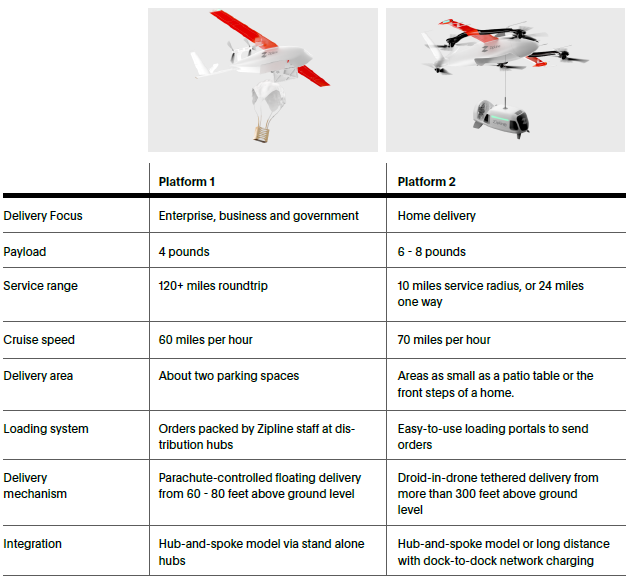
This customer-centric approach is what set Zipline apart from its competitors. “We knew our customers,” Keller emphasizes, and this insight guided the technical decisions that would eventually allow Zipline to scale globally.
Early Challenges: From Prototypes to Success
Like any pioneering tech company, Zipline faced its fair share of technical failures. One memorable incident involved delivering blood to a hospital roof due to a control algorithm malfunction. While the delivery missed its mark, the hospital staff showed their commitment by climbing onto the roof to retrieve the package, ultimately saving the patient’s life.
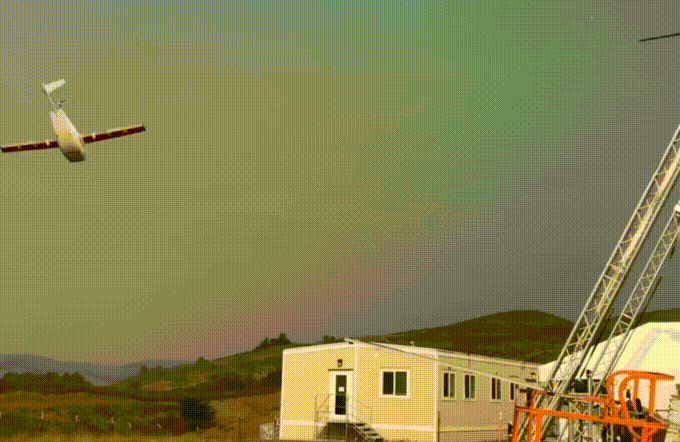
This moment of cooperation between Zipline and its customers highlighted an essential aspect of their success—“If the problem is important enough, your customer will meet you halfway.”
Over time, Zipline refined its system, moving from clunky prototypes to reliable solutions like box parachutes that safely and accurately delivered supplies, all while ensuring that even non-tech-savvy users could comfortably receive critical items.
Growing Demand: Scaling Operations Globally
What began as a bold experiment in Rwanda quickly expanded globally. With new contracts being signed every few weeks, Zipline now serves healthcare systems in developed economies such as the United States and Japan. The demand for their service has grown exponentially, with customers requesting up to a million deliveries per day.

To meet this growing demand, Zipline is focused on scaling not only its technology but also its manufacturing and operations capacity. The company’s vision is to build a logistics infrastructure that can serve both healthcare and e-commerce industries at an unprecedented scale.
Lessons Learned: Hardware is Hard, But Worth It
Unlike many tech startups, Zipline isn’t just about software. Building a successful hardware company requires mastering a diverse set of skills—from electrical engineering to firmware development, supply chain management, and customer success. As Keller puts it, “We have to be really good at everything.”
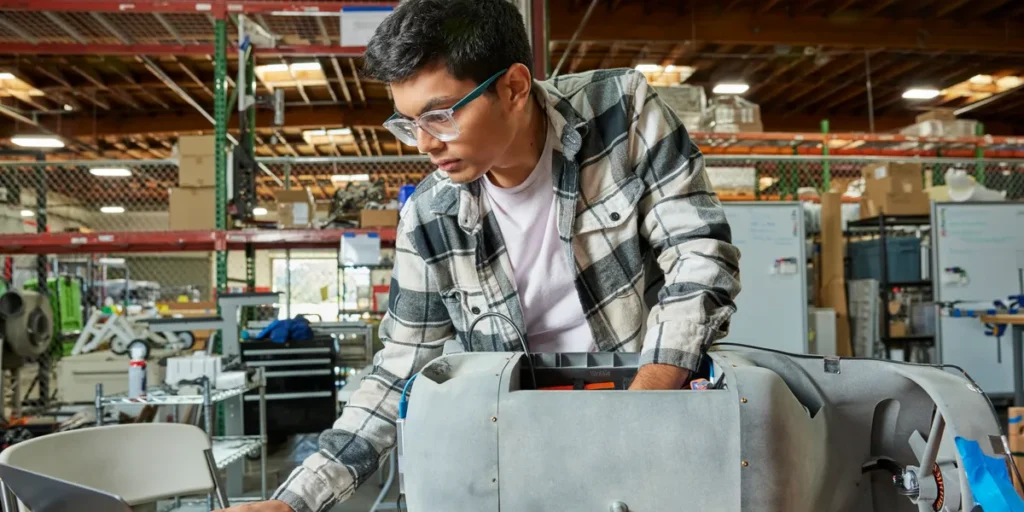
This multidisciplinary challenge makes hardware companies difficult to build, but it also creates a competitive moat that’s hard to replicate. Zipline believes that many of the most valuable companies in the next decade will be hardware-based, just like Apple, Tesla, Nvidia, and SpaceX.
Falling in Love with the Problem: The Key to Innovation
For Keller and the Zipline team, one of the most important lessons has been to fall in love with the problem, not the technology. By focusing on solving real-world issues, such as the lack of timely medical supplies, Zipline has been able to create innovative solutions that make a tangible difference in people’s lives.
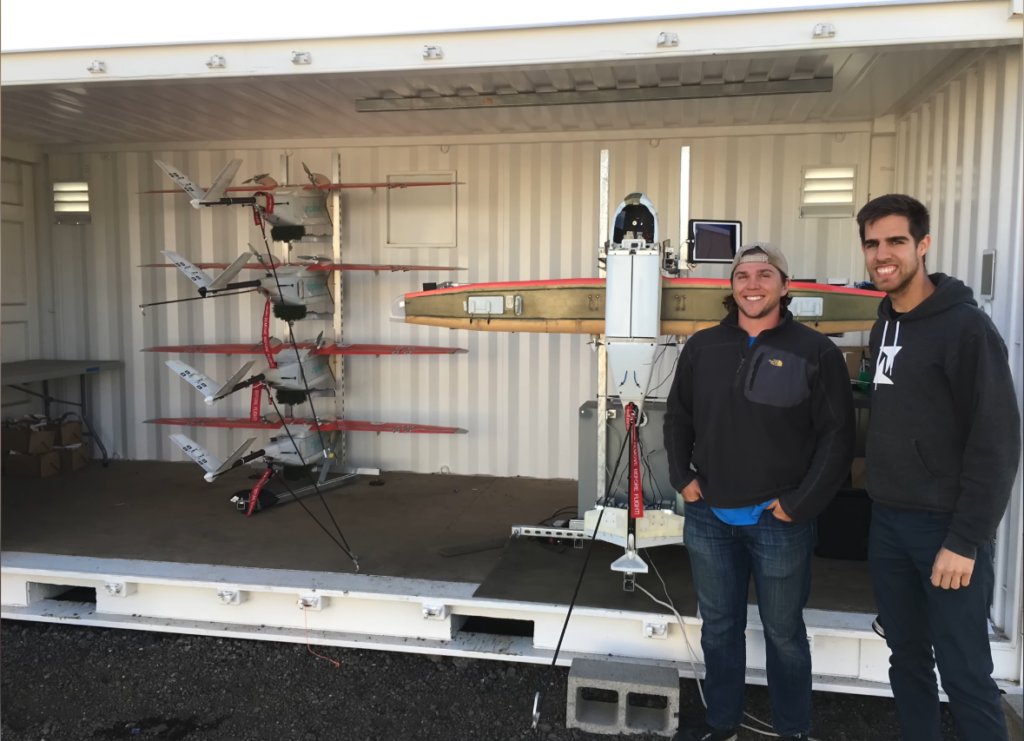
Zipline’s success also stems from its willingness to start small and iterate quickly. Rather than waiting to perfect their technology, they launched with a minimum viable product and learned through trial and error. This hands-on approach has been key to their rapid growth and success.
What’s Next for Zipline?
As Zipline looks to the future, the company’s ambitions continue to grow. They are preparing for a world where autonomous logistics systems like theirs become as ubiquitous as running water. By solving critical problems at the intersection of healthcare and technology, Zipline aims to continue moving humanity forward in ways that will have a lasting, positive impact.
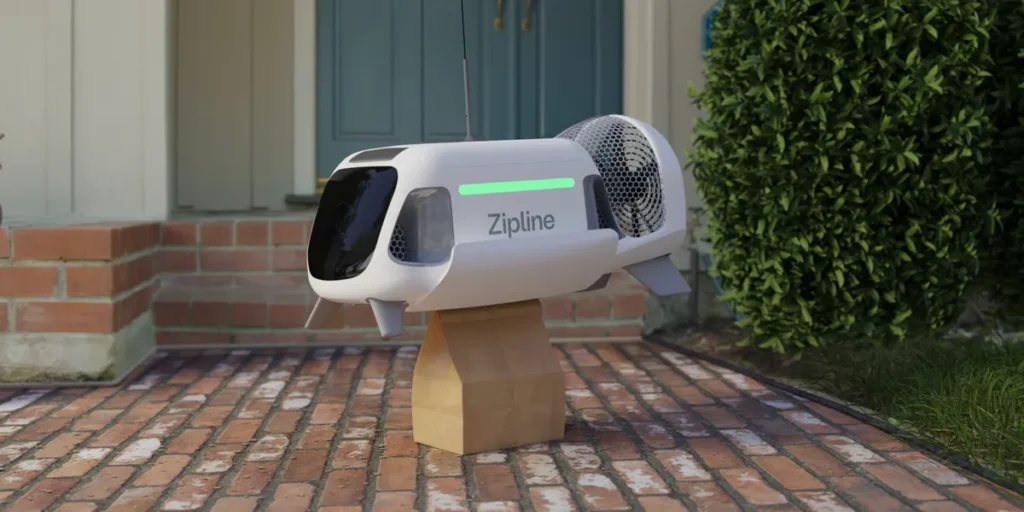
Key Takeaways for Entrepreneurs:
Fall in Love with the Problem, Not the Solution
Keller Rinaudo and Keenan Wyrobek didn’t set out to build drones—they set out to solve the problem of delivering life-saving medical supplies in regions with poor infrastructure. Focusing on the problem allowed them to explore unconventional solutions and build a service that truly addressed a critical need. Entrepreneurs should focus deeply on understanding and solving the problem they’re passionate about, rather than being fixated on a specific product or technology.Start Small with a Minimum Viable Product (MVP) and Learn from Your Customers
Zipline started by focusing on a single, highly impactful service: delivering blood supplies to remote clinics. By starting small and perfecting their core offering, they were able to gain invaluable insights from early customers and iteratively improve their service. Entrepreneurs should adopt a similar approach—start with an MVP, gather feedback, and refine your product based on real-world needs.Be Willing to Work on Something ‘Weird’ and Push Through Skepticism
When Zipline first proposed using drones for healthcare delivery, the idea was seen as unconventional and risky. However, the founders believed in their vision and pushed through early skepticism to make it a reality. Entrepreneurs must be prepared to pursue unconventional ideas, even if others don’t immediately see their potential.Don’t Shy Away from Hardware—It’s Hard, but It Creates Strong Competitive Moats
Hardware startups are often seen as challenging due to high upfront costs and complex logistics. However, Zipline embraced these challenges, knowing that once they perfected their drones and delivery system, it would be difficult for competitors to replicate their success. Entrepreneurs should recognize that, while hardware is tough, it can create a competitive advantage that’s hard to match.Focus on Customer Needs and Build Your Technology Around Solving Their Problems
Rather than developing cutting-edge technology for the sake of it, Zipline designed their drones specifically to meet the needs of healthcare providers in remote areas. This customer-centric approach ensured that their technology was truly useful and impactful. Entrepreneurs should build solutions that align with the real needs of their target market.Partnerships Are Key to Scaling
Zipline’s growth was fueled by strategic partnerships with governments, NGOs, and healthcare organizations. These collaborations enabled them to scale quickly and access new markets. For entrepreneurs, building strong partnerships can open doors to new opportunities, provide critical resources, and help expand your business much faster than going it alone.

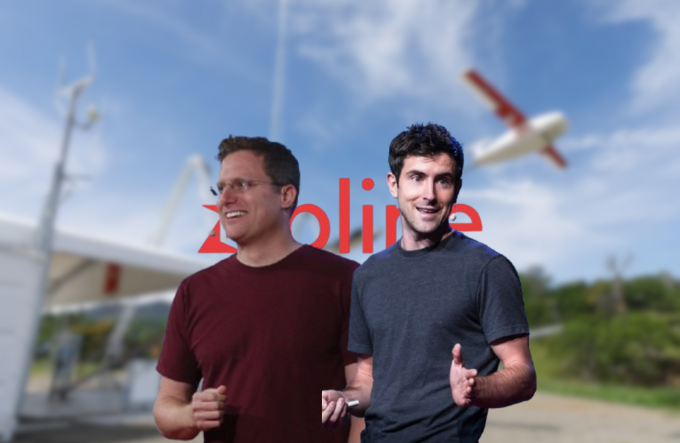
Leave a Reply